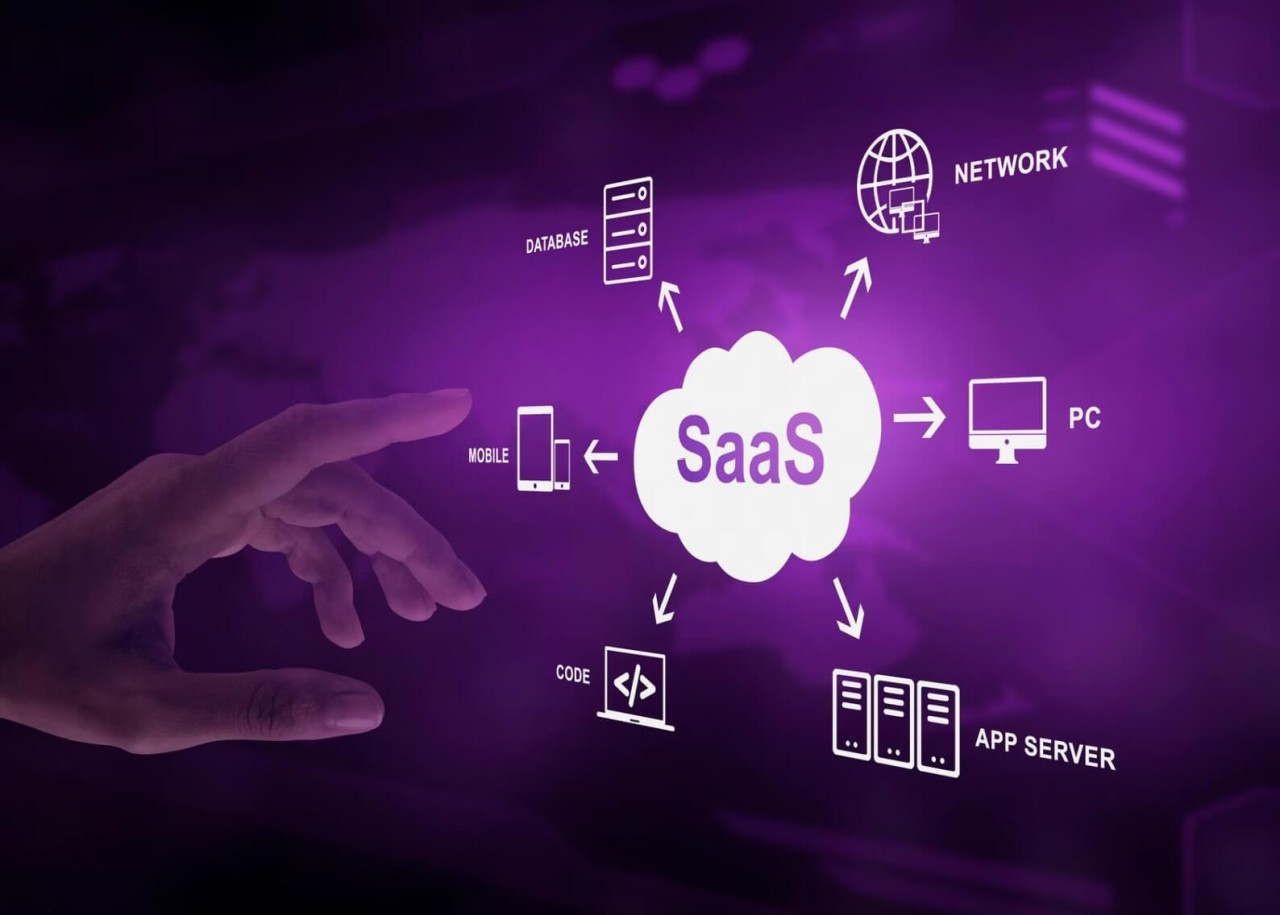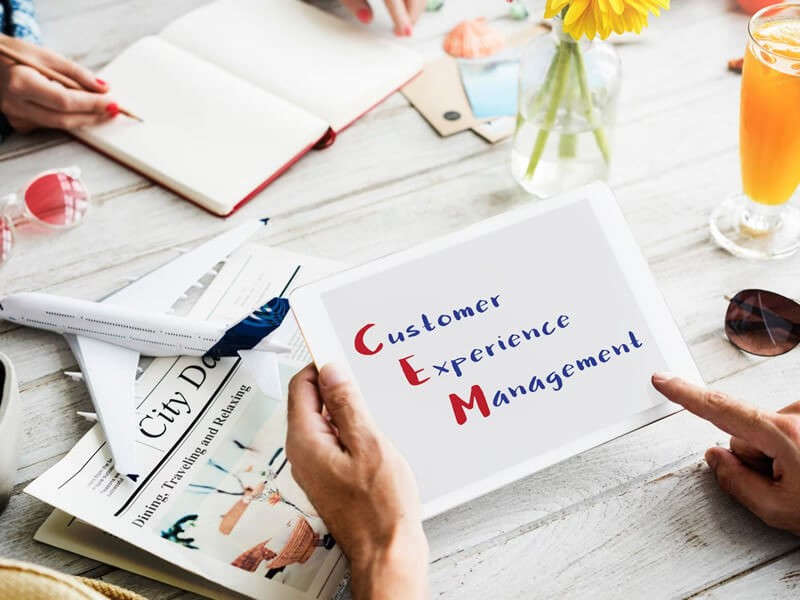Insight Blog
Agility’s perspectives on transforming the employee's experience throughout remote transformation using connected enterprise tools.
11 minutes reading time
(2116 words)
6 Essential SAAS Onboarding Metrics (KPIs) In 2025
Explore 6 key SaaS onboarding metrics for 2025 that are crucial for customer retention and business growth. Master KPIs to improve your revenue!
Navigating the world of SaaS onboarding can be tricky. If you overlook its importance, you run the risk of confusing your new users and losing them to churn. That's why understanding which metrics to monitor is crucial for a smooth onboarding experience.
Yes user onboarding can present difficult. Neglecting it may result in new customers struggling to grasp your services, resulting in a negative user experience and higher customer turnover. Consequently, it becomes crucial to concentrate on the appropriate onboarding metrics.
So, what are the key performance indicators (KPIs) you should be focusing on in 2025?
Let's delve into these essential metrics and explore why they matter more than ever.
Saas Onboarding Metrics (KPIs) - A Complete Guide
What is user onboarding?
ser onboarding is a process designed to introduce new users and customers to your product. This approach is commonly used for SaaS (Software as a Service) products and is overseen by experts in customer onboarding.
It includes tutorials, guides, product tours, and in-app guidance to educate customers on how to effectively utilize your product.
Throughout the customer journey, it's crucial to ensure that your customers extract the maximum value from your product.This is precisely what user onboarding accomplishes—it provides a platform to clarify what distinguishes your product from others in the market and how users can benefit from it.
For example, a well-designed interactive product tutorial can greatly enhance the onboarding experience.
Importance of Saas Onboarding Metrics
Effective onboarding is crucial for ensuring that new users and customers seamlessly integrate with your product or service.
To gauge the success of your onboarding strategies, it's essential to track specific Key Performance Indicators (KPIs). These metrics provide valuable insights into user adoption, engagement, and overall satisfaction.
In the recurring revenue model that's central to SaaS enterprises, customer satisfaction isn't just a nice-to-have—it's the core of the business. You're not aiming for one-off sales; you want enduring customer relationships.
Relying on regular subscription renewals means you must continually refine the customer experience. You're striving for customer loyalty, not one-time interactions. You aim for a customer to conclude each month, "Yes, this is a service I still need."
But attempting to fine-tune your onboarding without a roadmap—in the form of key metrics—is like repairing a leaky roof without knowing where the water is coming in. Random fixes will consume resources and time to no avail.
When you track the right metrics, you get a laser-focused understanding of where to make improvements:
- Tailor the user's journey for better outcomes
- Highlight the most impactful features
- Craft the most engaging user experience language
- Design targeted onboarding resources, whether self-serve or high-touch
- Pinpoint areas of friction
- Determine ideal times and platforms for user engagement
- Recognize what triggers a user's "aha" moment, where they see real value in your service
By thoughtfully measuring and adapting your onboarding KPIs, you set the stage for customer contentment and long-term commitment to your service.
6 Customer Onboarding Metrics To Track
A range of customer onboarding metrics exist to shed light on what's working and what needs attention in your customer onboarding process. Here are six essential metrics to track during the onboarding journey:
Follow us and access great exclusive content everyday: Follow us on Google News
1. Customer Engagement Score
After a user has navigated your training material and experienced his initial value moments, the focus shifts to the customer engagement score with your product. Monitoring daily logins becomes vital at this stage. Frequent logins signify users are finding significant value, while infrequent logins may indicate unmet needs or objectives.
Pay attention to which features are being used. Which feature is getting maximum traction? Which one is gathering dust? Note any features that consume a lot of user time but show little engagement; this could suggest confusion on how to use them effectively.
If you observe low feature adoption rates, it's your cue to proactively reach out to customers for feedback and guidance. Understanding which features are being utilized at different stages of the customer journey can also offer insights into whether users are maximizing the product's potential or not.
Customer engagement isn't limited to in-app actions; it encompasses all interactions a customer has with your brand. By closely tracking these touchpoints, you can better understand your users' needs and preferences, enabling you to offer more targeted and effective solutions.
2. Time To Value Metric
You can market your product's advantages over competitors all you want, but customers need to experience its value quickly after signing up. The concept of 'Time to Value Metric'' captures this crucial moment in the onboarding journey when customers genuinely feel the product is a smart business investment.
Often, the initial setup involves integrating the product into the customer's existing tech ecosystem. This includes user setup, access permissions, and syncing with familiar software. However, these tasks alone don't equate to 'value' for the customer. True value is recognized when the product begins to solve their specific business problems.
Measuring the time to achieve this first valuable outcome becomes a priority in your onboarding metrics. By doing so, you can ensure that customers not only realize but also experience the benefits of your product as swiftly as possible.
You may also like: Best Apps for Employees: UPDATED 2022 – A Complete Guide
3. Trial to paid conversion rate
In the SaaS world, free trials serve as an effective marketing tool, allowing potential customers to experience your product at no cost. While this enhances your brand's appeal, it's crucial to remember that the ultimate goal is to convert these trial users into paying customers, who are the true backbone of your business.
The beauty of a free trial is that it pre-acquaints users with your product. By the time they're considering a paid plan, they've already navigated through your platform to some extent.
This self-directed learning shortens the onboarding process, accelerating the user's journey to finding the first meaningful value in your offering. Therefore, tracking your free-trial-to-paid conversion rate becomes a critical metric for gauging your onboarding effectiveness.
4. Feature Adoption Rate
The adoption rate for specific features offers insights into which functionalities are deemed most useful by your customer base.
You can determine this rate by taking the number of monthly active users for a given feature, dividing it by the total number of users who have logged in during a particular timeframe, and then multiplying by 100. This metric serves as an indicator of the perceived value of your features. If a feature sees low usage, it's likely not meeting customer needs. A collection of rarely-used features may contribute to higher churn rates. Promoting your core functionalities will likely drive greater user engagement.
Initial onboarding aims to usher users to the point of activation, while secondary onboarding focuses on exposing them to more pertinent features. Therefore, secondary onboarding plays a vital role in transforming users into brand champions.
Free ebook: How To Get Your Intranet Off The Ground
5. Average Response Time
Customers expect quick replies, especially during the crucial onboarding stage. The average time you take to respond to a customer query plays a significant role in their overall experience and satisfaction.
The era of waiting 72 hours for a support ticket response is long gone, and with the prevalence of live chats and chatbots, the expectations for immediate interaction have soared.
It's essential to manage customer expectations effectively. Be transparent about your typical response times so that users know what to expect from your customer service team. This not only sets the stage for successful onboarding but also contributes to long-term customer satisfaction.
6. Customer Progress
While guiding customers through the training process, it's crucial to segment the curriculum into manageable sections and track the time customers take to complete each one.
For high-value clients, personalized phone guidance may be the best approach. For the broader customer base, offer a rich library of resources in various formats—like videos, articles, and FAQs—to enable self-guided learning. The goal is to address every concern and query they may have, leaving no room for uncertainty that may lead them to seek additional support, putting strain on your customer service team.
Keep track of the start and end times for each training element to evaluate your explanatory efficacy. This data will help identify any bottlenecks in your onboarding process. Ensure that the training materials are digestible and designed to fast-track the customer's ability to work with your product independently.
Customer Retention Rate KPIs
1. Customer Retention Rate
Let's start the customer retention rate KPIs list with retention rate.
The customer retention rate serves as a vital indicator of customer satisfaction by revealing the percentage of customers who stick with a business over a specific timeframe. A good customer retention rate points to high customer satisfaction, increased loyalty, and a greater likelihood of repeat transactions.
Conversely, a low customer retention rate signals opportunities to better hold onto customers.
Tracking this key performance indicator allows for more strategic resource allocation, whether it's boosting customer service, refining the customer journey, or initiating loyalty programs. Increasing your customer retention rate not only leads to happier customers but also fosters long-lasting relationships, thereby fueling your business's overall growth and prosperity.
2. Customer Lifetime Value
Customer lifetime value predicts the net profit a business can expect from a customer throughout the duration of their relationship.
This metric emphasizes the significance of customer retention and loyalty investments. A robust customer lifetime value suggests that a customer is highly valuable to the business, whereas a weaker customer lifetime value may imply less benefit or even a potential drawback.
Tracking this key performance indicator helps in making informed decisions on where to invest to maximize customer value. Understanding customer lifetime value is pivotal for retaining customers, as it provides insights into their long-term worth and helps you anticipate future performance.
3. Repeat Purchase Rate
The Rate of Repeat Purchases measures the percentage of customers who have bought your product more than once.
A high score in this metric signifies customer satisfaction and a likelihood of ongoing patronage, thus enhancing customer retention. This KPI aligns closely with the customer retention rate and is vital for maintaining a loyal customer base.
Periodic calculation of this metric can reveal the success of targeted marketing campaigns and provide benchmarks for comparison. If the Rate of Repeat Purchases falls short of expectations, it's a cue to refine marketing strategies to boost ongoing customer engagement and sales.
4. Monthly Recurring Revenue
Monthly Recurring Revenue (MRR) quantifies the steady revenue your business earns each month, making it a cornerstone KPI for companies with a subscription model. Ignoring this metric is not an option if you're keen on customer retention.
This KPI serves as a barometer for business stability and expansion, enabling actionable strategies based on its trends. It also helps in forecasting future earnings and understanding customer behavior.
A consistent rise in MRR points to effective customer retention and business growth, while a decline could signal challenges in keeping customers engaged.
5. Customer Satisfaction Score
The Customer Satisfaction Score (CSAT) serves as a key performance indicator for gauging client contentment. Typically measured through surveys, polls, or questionnaires, customers are asked to evaluate their experience on a scale from 1 to 10, from which the CSAT is derived.
The questions posed can vary based on your business goals and the type of service or product you offer. The overarching aim is to quantify how satisfied customers are with your offerings. High CSAT numbers suggest customer happiness and loyalty, whereas low scores point to areas needing improvement.
By keeping tabs on this metric, you have the opportunity to fine-tune the customer experience, a vital element in retaining clients.
Wrapping up
Onboarding metrics are your compass for customer retention and long-term success.
From tracking customer engagement score and time to value metric to measuring trial-to-paid conversion rates and customer satisfaction scores, these KPIs provide invaluable insights.
They not only help you refine the customer experience but also inform your overall business strategy. As you steer your SaaS venture into 2023 and beyond, these metrics serve as essential checkpoints on your roadmap to sustainable growth.
Categories
Blog
(2640)
Business Management
(325)
Employee Engagement
(212)
Digital Transformation
(177)
Growth
(120)
Intranets
(119)
Remote Work
(61)
Sales
(48)
Collaboration
(37)
Culture
(29)
Project management
(29)
Customer Experience
(26)
Knowledge Management
(21)
Leadership
(20)
Comparisons
(6)
News
(1)
Ready to learn more? 👍
One platform to optimize, manage and track all of your teams. Your new digital workplace is a click away. 🚀
Free for 14 days, no credit card required.

















